(ECNS) -- The specimen museum of the Institute of Vertebrate Paleontology and Paleoanthropology (IVPP) of the Chinese Academy of Sciences (CAS) houses over 460,000 fossil and human remains specimens, and has developed into the largest collection institution of ancient vertebrate animals and ancient humans in Asia.
Science published an online collaborative paper on Friday, authored by scholars from 73 institutions in 28 countries worldwide. Through an evaluation of natural museum collections around the world, the study found that these 73 institutions' museums and specimen collections hold over 1.1 billion specimens of biology, geology, paleontology, human anthropology, and other fossils and collections.
The specimen museums of the Institute of Vertebrate Paleontology and Paleoanthropology and the Nanjing Institute of Geology and Palaeontology, both part of CNS, play an important role in the world's natural history collection.
Deng Tao, director of the Institute of Vertebrate Paleontology and Paleoanthropology, told China News Service that the specimen museum of the institute, which was established in 1929, is seven years older than the institute itself. Various types of fossil specimens are the foundation of the institute and the source of its innovation and development.
He explained that before Chinese people started to excavate and preserve fossils as materials for scientific research, a large number of valuable vertebrate fossils, especially mammal fossils, were collected and taken out of China by Westerners and ultimately housed in overseas museums and other institutions.
The pioneers of vertebrate paleontologists in China changed this situation. They collected and preserved the fossils after studying them, and have kept them to today, he added.
Deng pointed out that while conducting in-depth scientific research utilizing the fossil specimens, the IVPP of CAS has opened its affiliated Paleozoological Museum of China to the public, showcasing a variety of ancient animal fossils and promoting science education. This makes ancient fossil specimens a common heritage of all human beings.









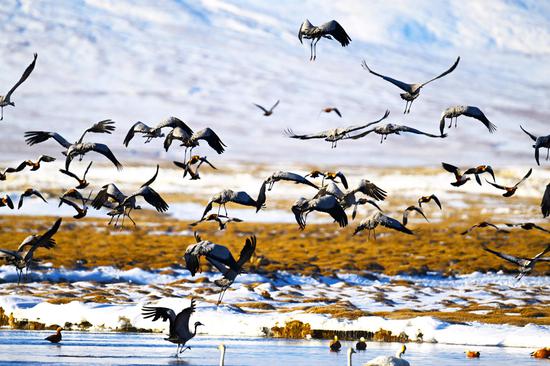
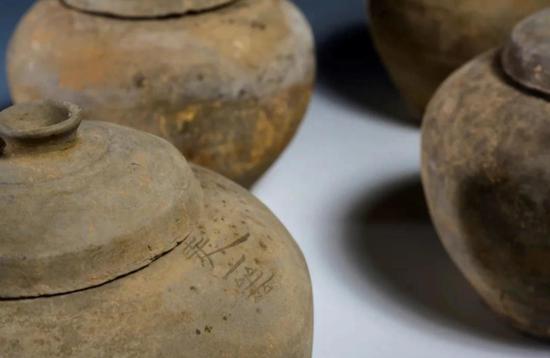
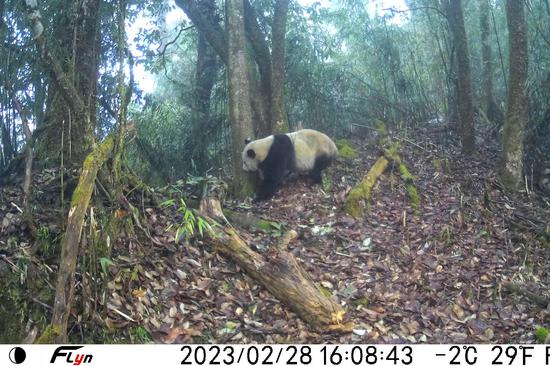


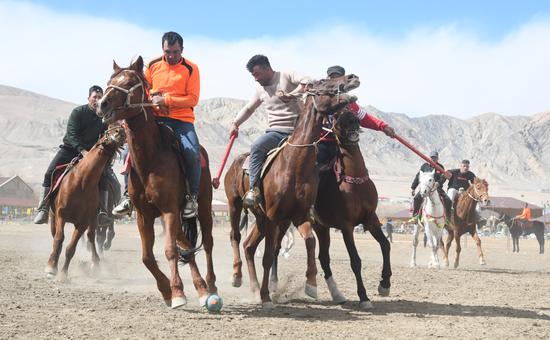
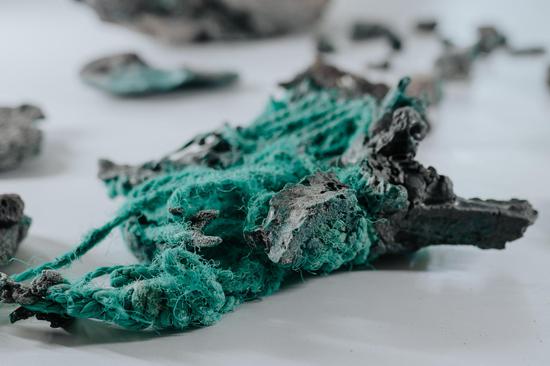
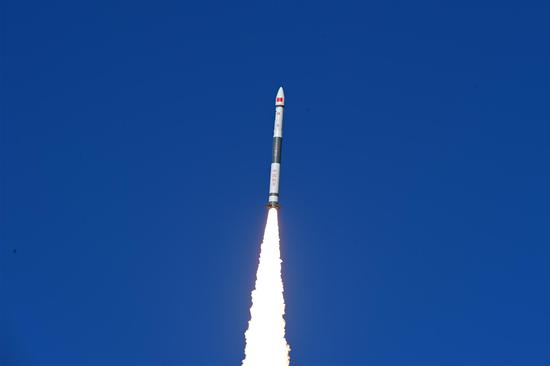
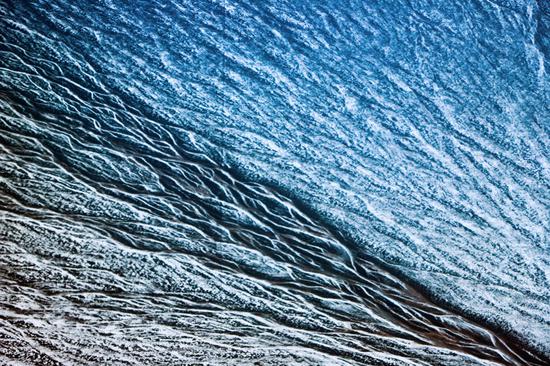
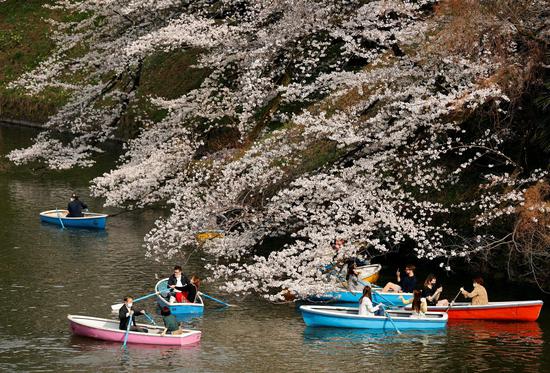
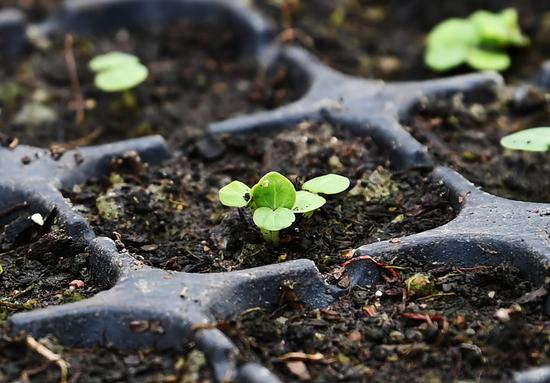





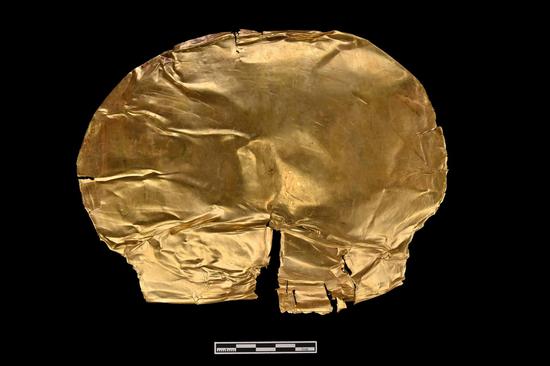
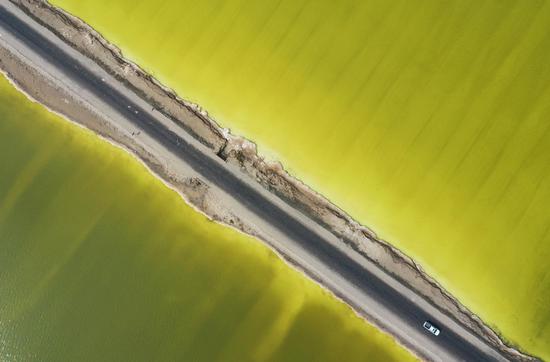
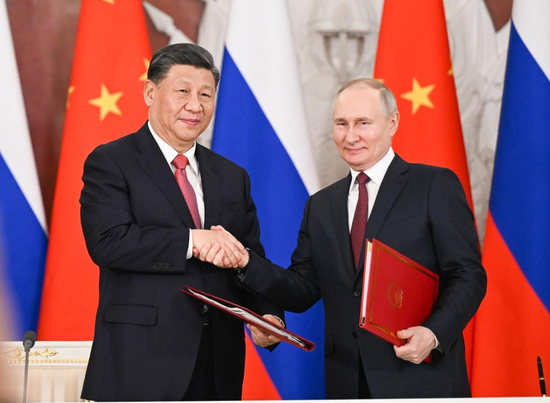

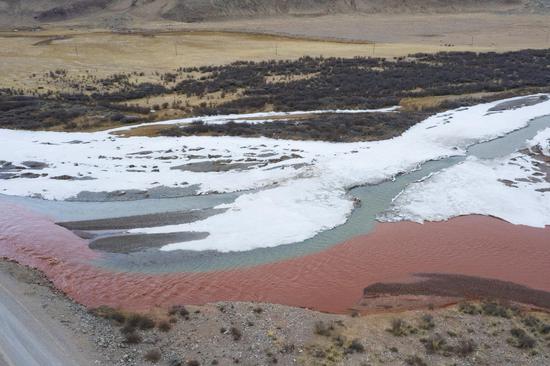
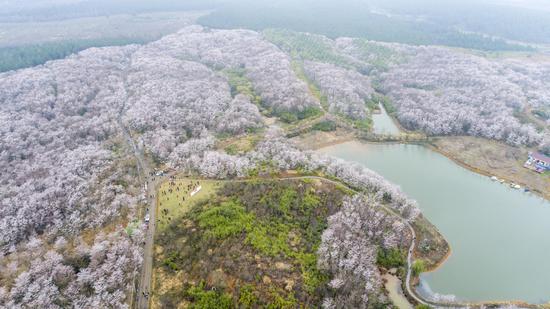
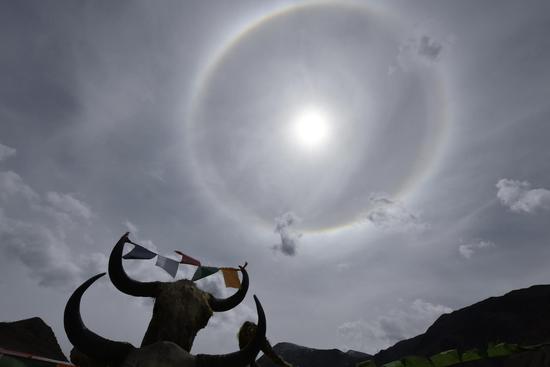

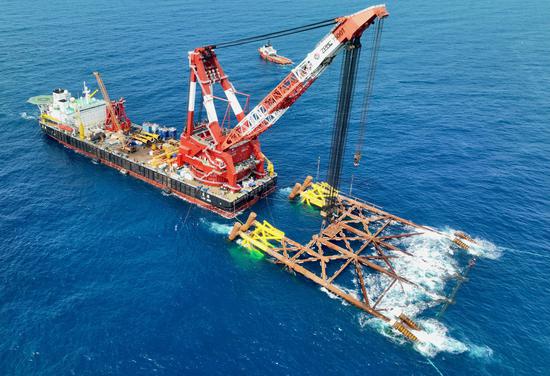
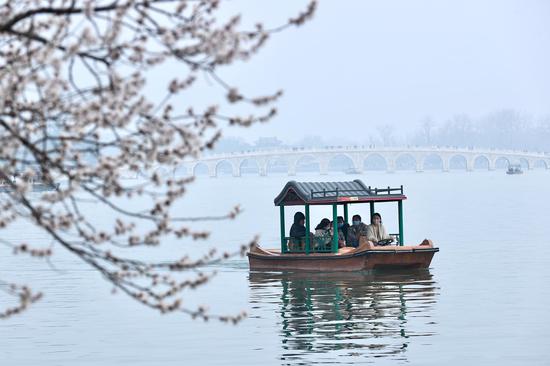

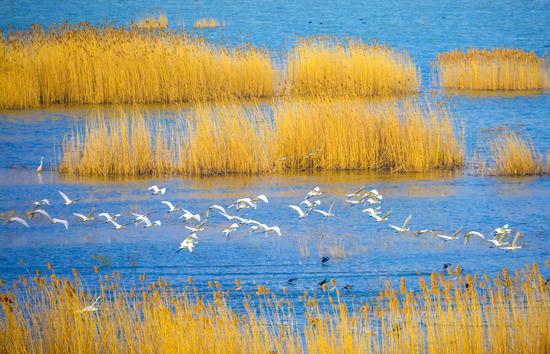

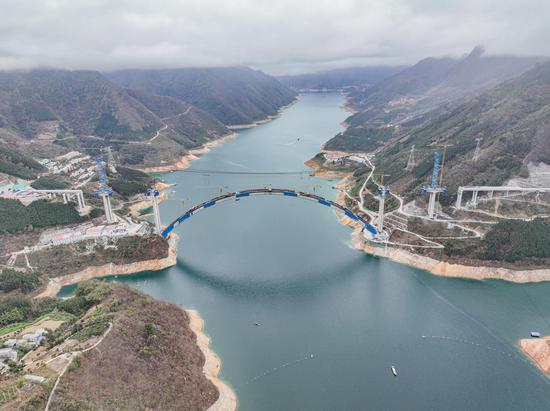
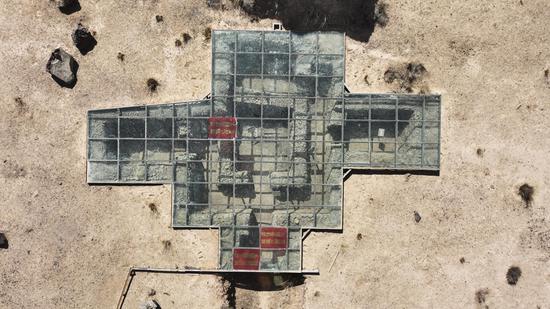
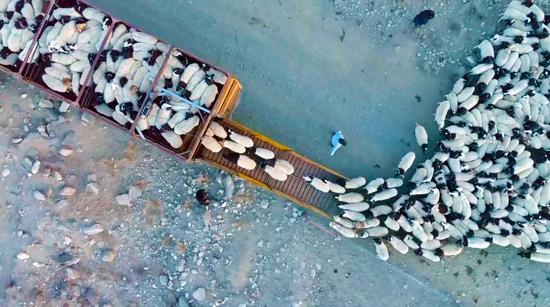
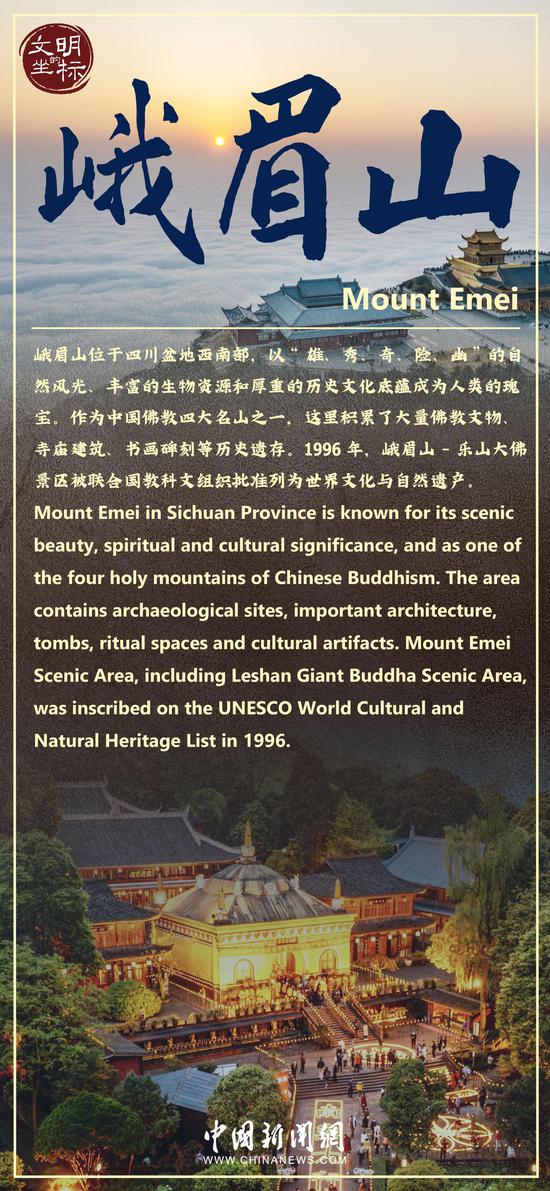

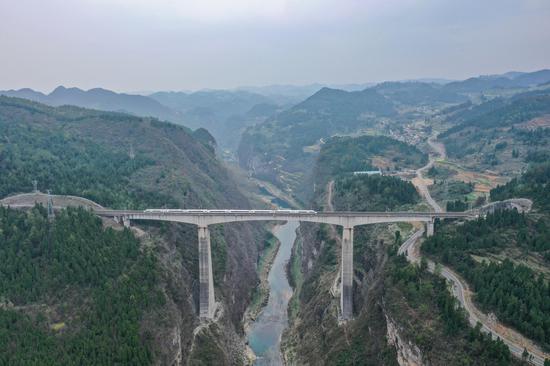






 京公网安备 11010202009201号
京公网安备 11010202009201号